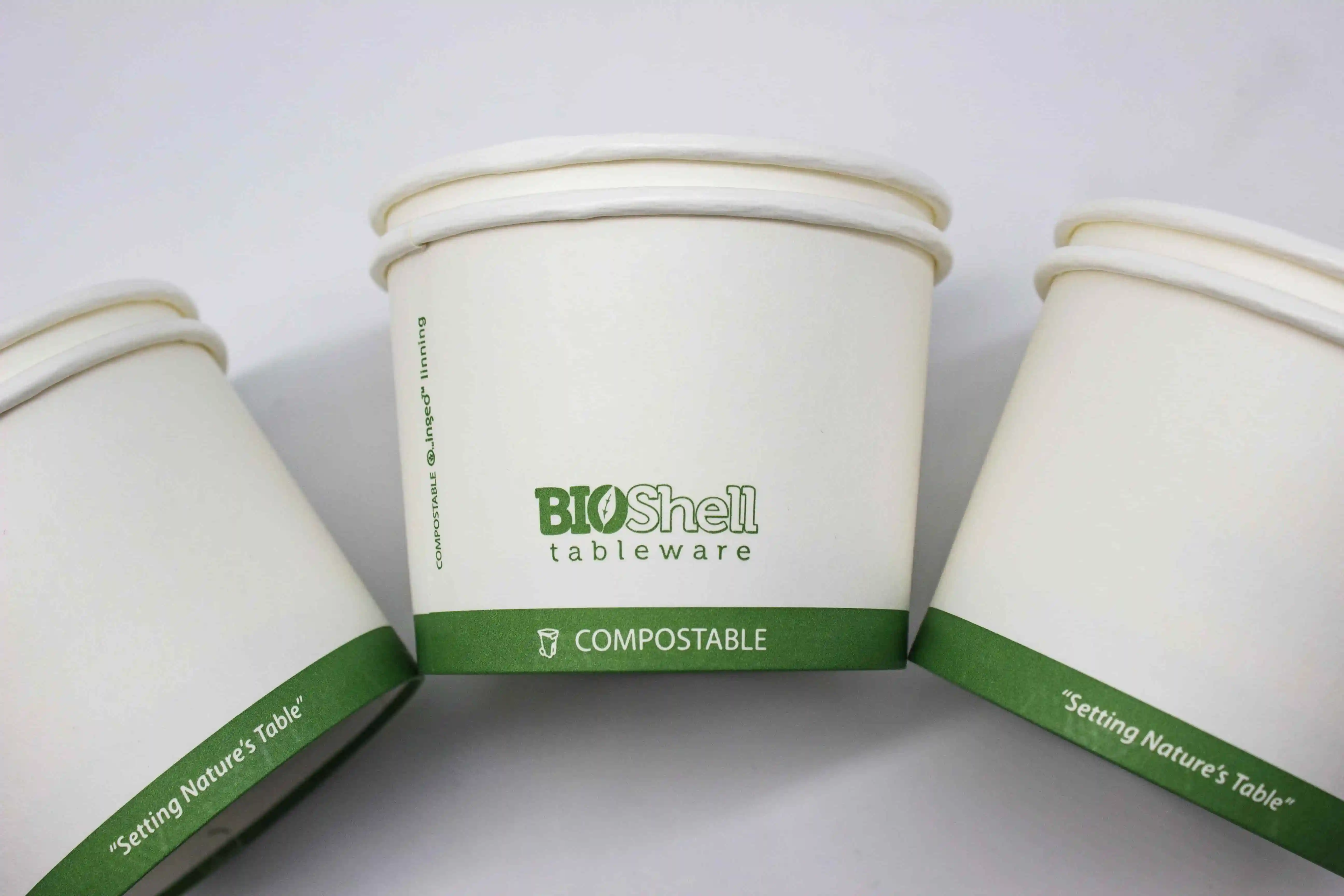When choosing eco-friendly food containers, understanding the differences between PLA and clay coatings is essential. Both options offer sustainable alternatives to traditional plastic, but they have distinct properties and environmental impacts.
What is PLA Coating?
PLA (Polylactic Acid) coating is a bioplastic made from renewable plant resources, such as corn starch. It provides a compostable alternative to conventional plastics, breaking down in industrial composting facilities and reducing landfill waste.
What is Clay Coating?
Clay coating, on the other hand, involves a natural mineral-based coating applied to food containers. It is also compostable and offers a more traditional approach, using minerals to create a barrier against moisture and grease.
Comparing Environmental Impacts
Both PLA and clay coatings present benefits over conventional plastic. PLA coatings are derived from renewable resources and compostable, whereas clay coatings utilize natural minerals and are also compostable. The choice between them can depend on factors like composting infrastructure and product performance requirements.
Choosing the Right Option
Selecting between PLA and clay-coated containers often comes down to specific needs and sustainability goals. PLA is ideal for those prioritizing bioplastic alternatives, while clay coating may be preferred for its natural mineral composition. Both contribute to reducing environmental impact and enhancing the sustainability of food packaging.


